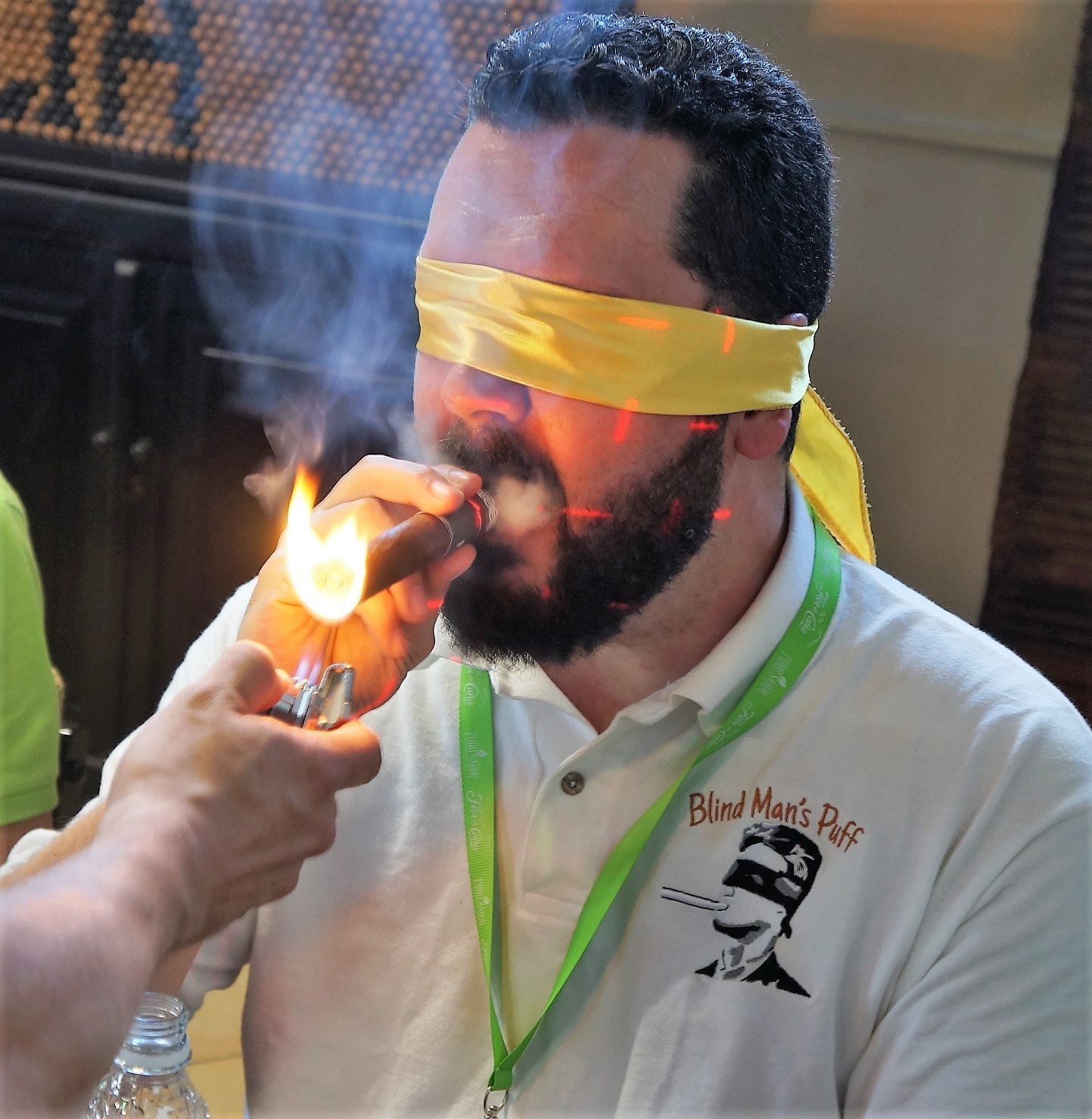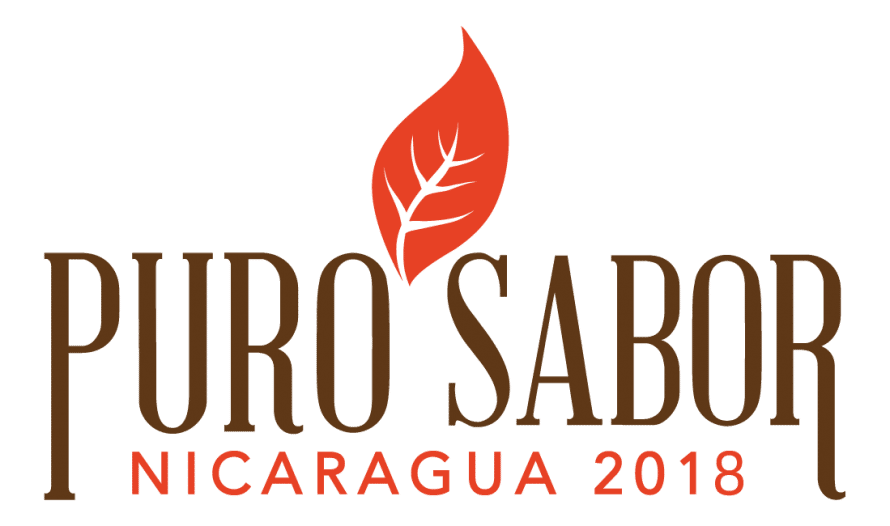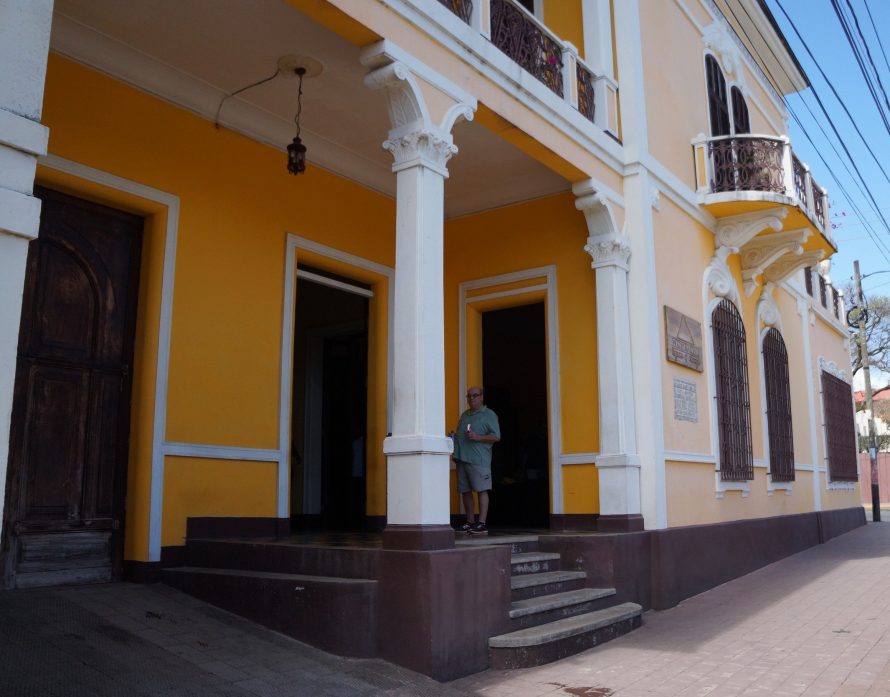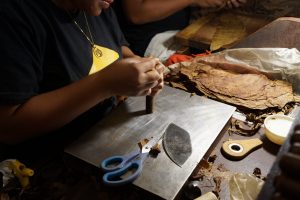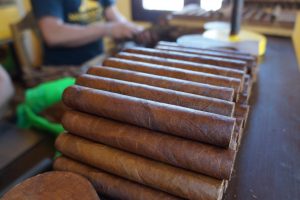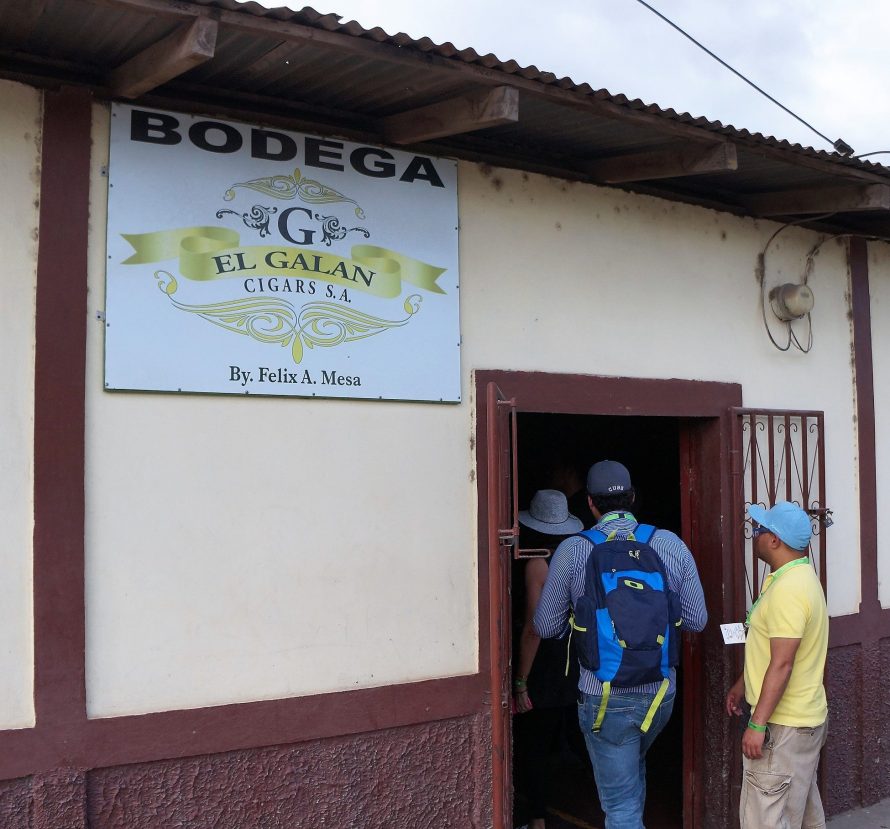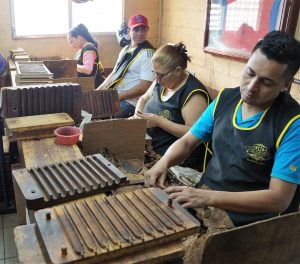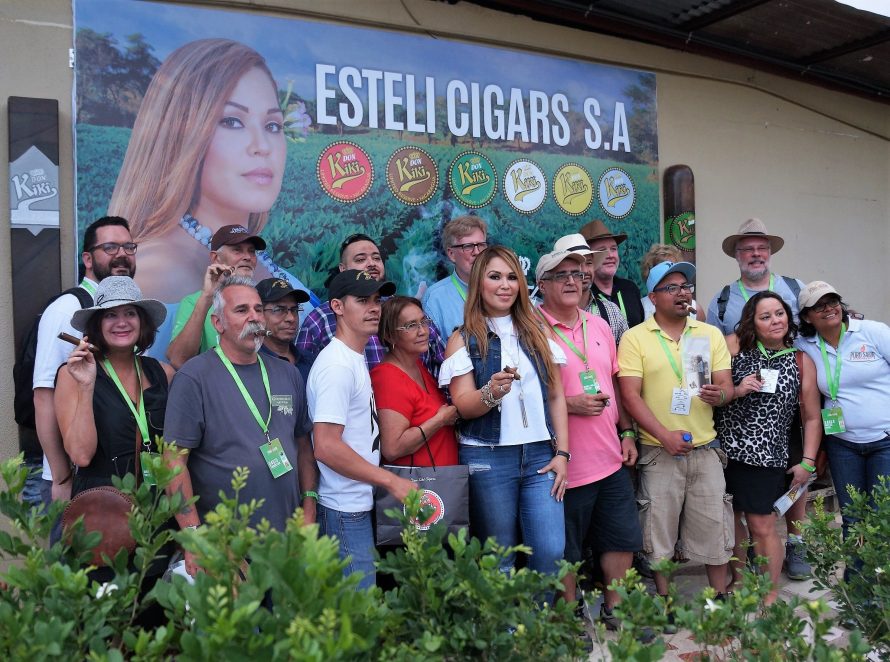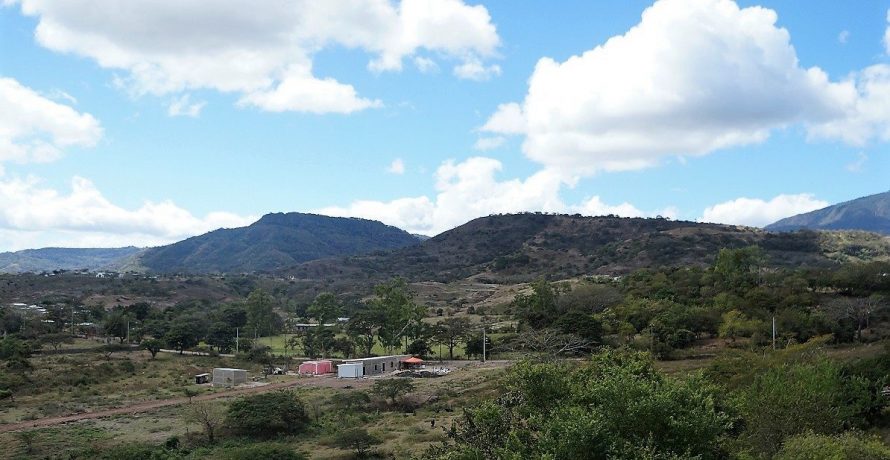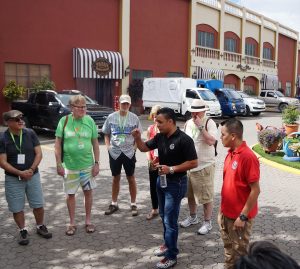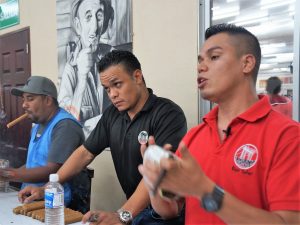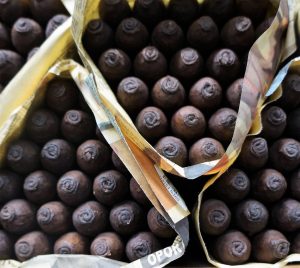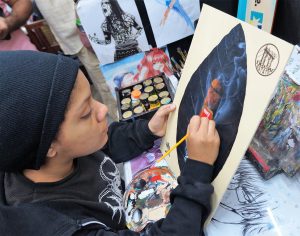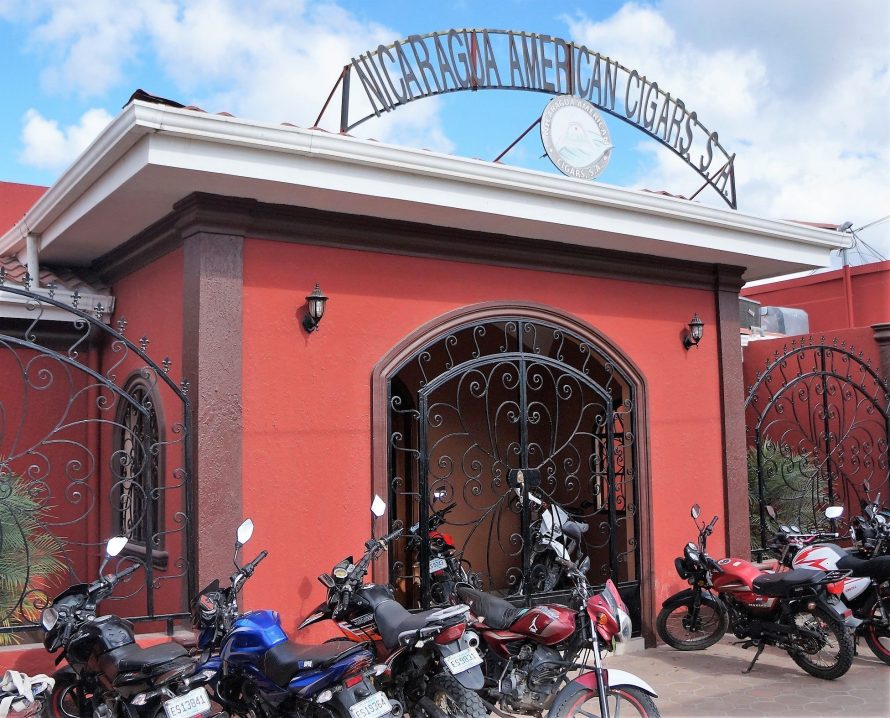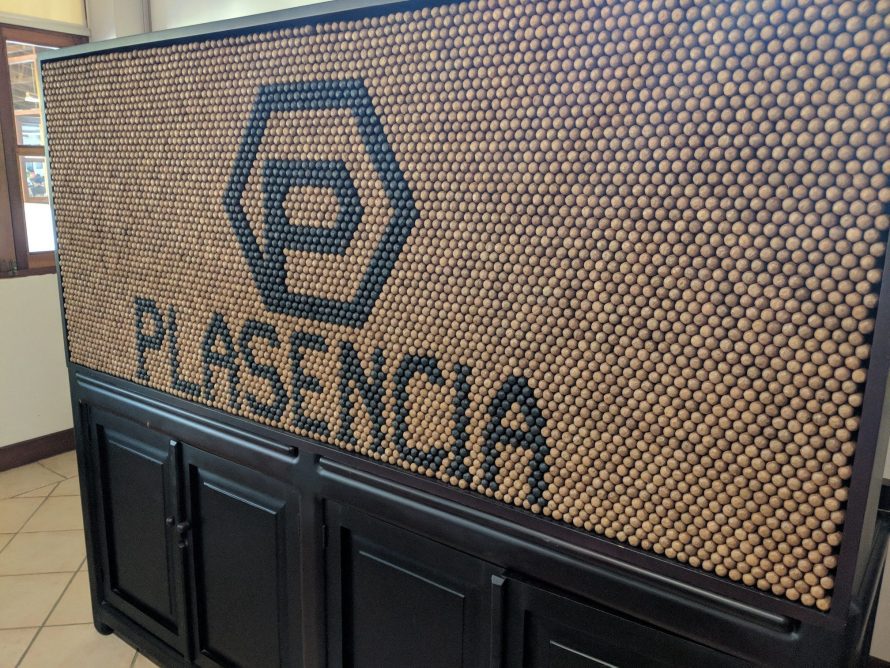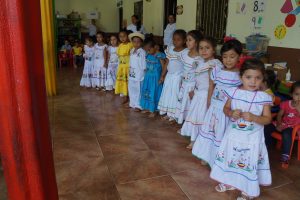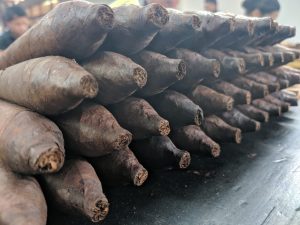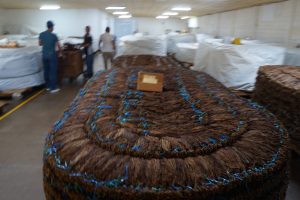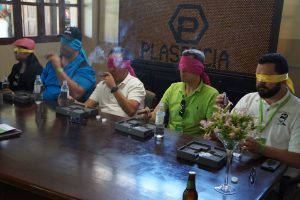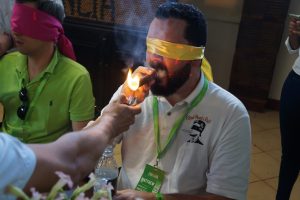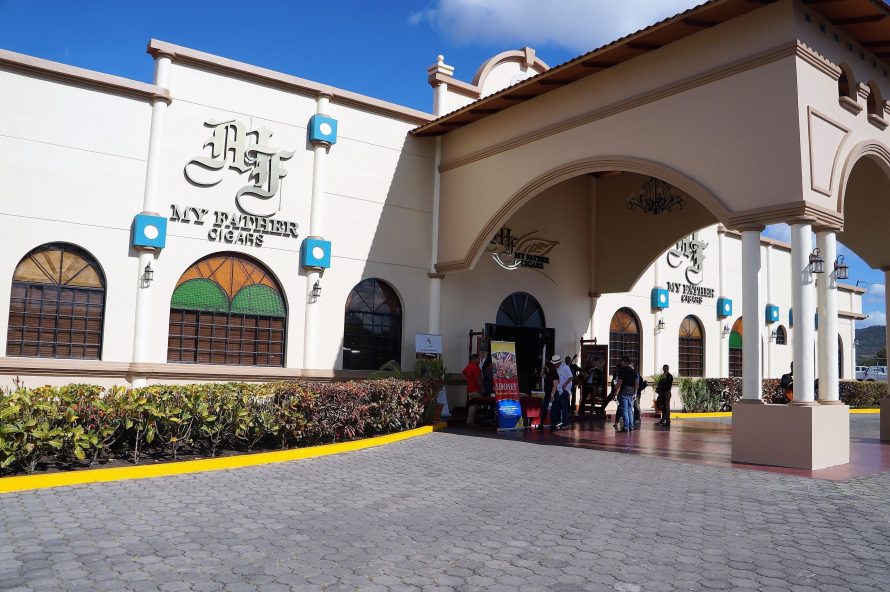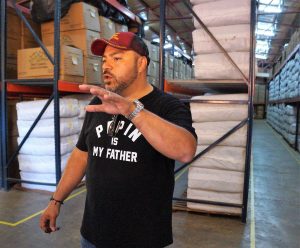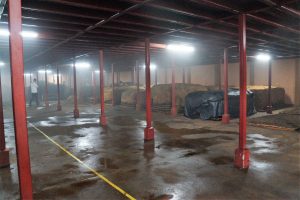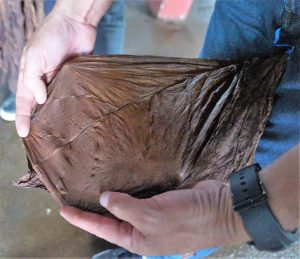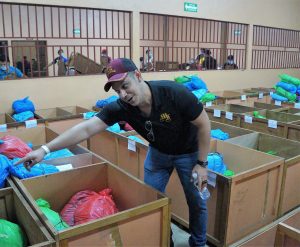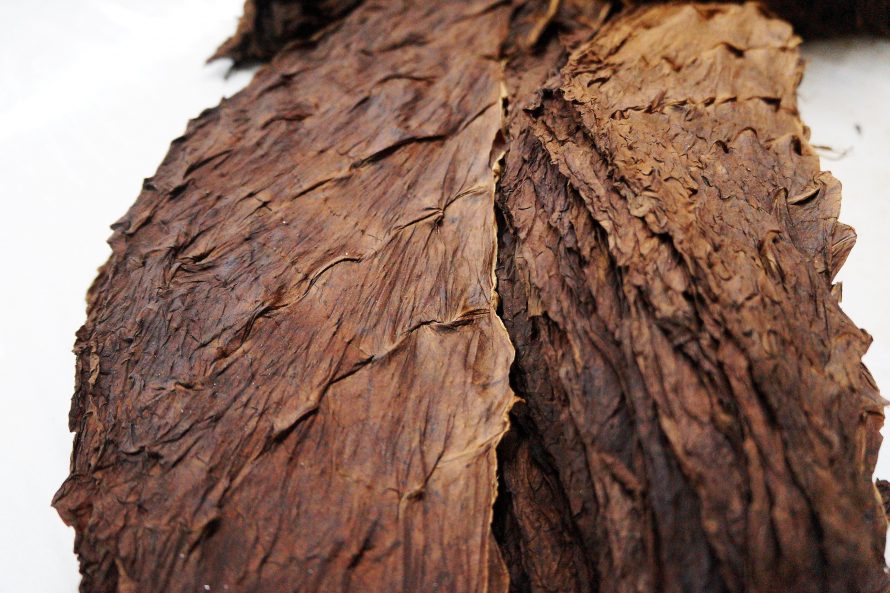Imagine a car enthusiast having an opportunity to tour the Ferrari factory in Maranello, or someone who is a collector of fine watches going to visit Patek Philippe in Geneva. The chance to actually see your favorite products being constructed by hand can be a real treat for the senses, and it can also give a heightened respect for the work that goes into creating these items that we love so much. For premium cigar lovers the products that we consume are some of the most artfully and painstakingly crafted products in the world. Still, so many cigar lovers still don’t have the first-hand experience of seeing what goes into growing fine tobacco and crafting great cigars. During Puro Sabor 2018 I was able to visit a number of cigar factories, large and small. In this second article of the series about the festival I will take you through these factories in the same order that I visited them.
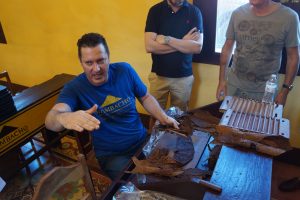
Puro Sabor 2018 kicked off in Granada, and right in the heart of Granada is Casa Favilli, which happens to also be the home of Mombacho Cigars. When I arrived I was immediately greeted by Claudio Sgroi, President and co-founder of Mombacho. Claudio is like a friendly Italian tornado. Honestly, he may be one of the most kind and energetic people I have ever known. He handed me a cigar and we talked for a few minutes before the tour began.
The entire facility at Casa Favilli is spectacular. It is like stepping back in time, surrounded my beautiful marble and woodwork. A fitting surrounding for small-batch, boutique cigars. Claudio starts us in the right place – with the tobacco. Tables not much larger than those found in American homes for card games are used to sort the leaf by color and texture. Then Claudio gives us a quick lesson on combustion of different leaves, and how that relates to the blending process.
We get to see the teams (buncher/roller) at their stations putting focused attention into each cigar. There was one step at Mombacho that I had never seen before. Before the roller would apply the wrapper leaf, a final inspection of the cigar was done, and any high spots or prominent veins were hit with a small piece of fine sandpaper. This would ensure those bumps would not telegraph through the wrapper after it was applied. This was a step that I really thinks takes it to a high level.
Also, before final packaging, each cigar gets a quick wipe with a mild solution of 75% filtered water and 25% organic banana vinegar. It leaves no trace of scent or flavor, but ensures every cigar is safe to put in your mouth. Also something I don’t recall seeing anywhere else. Mombacho may be a small operation in comparison to some of the big players, but I was very impressed by the attention to detail and desire for process improvement in every step.
El Galan Cigars S.A.
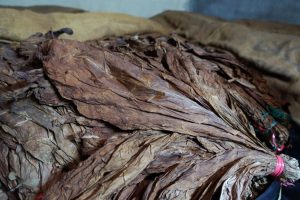
To start, Felix brought us into a small room across the street from the factory. In this location they have a few pilones and bales of stored tobacco. The scale is small but the quality is evident, as is the passion from Felix Mesa. You can tell that he cares for the tobacco and treats it like the fine commodity that it is.
After examining the tobacco, we are taken back across the street to the factory to get a feel for the operation. Like most other factories, they supplement their own brands by making cigars for other companies. In the El Galan factory they make cigars for close to a dozen other names, but of course they have a deep passion for the cigars that bear their name. El Galan loosely translates to “The Gentleman” and the branding is elegant and stylish, so that stands to reason.
The factory itself is larger than the outside facade would suggest. Multiple sorting tables line the entry area of the building, and the bunching/rolling stations fill the space toward the back of the building. Felix may not Speak English, but his passion comes through in his face when he talks about his family and his lineage in the tobacco business. Throughout the packaging area and the office at El Galan, you can see pictures of his parents and grandparents working in the tobacco fields decades ago in Cuba. The family thread is strong at El Galan.
Esteli Cigars S.A.
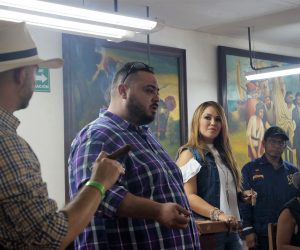
Karen is a native Nicaraguan
Although our group arrived at the factory after operations had already concluded for the day, I don’t feel like we missed out. That’s because we just sat and listened to Karen and Ben talk about the passion behind this business. They brought us some wonderful cigars to enjoy, and some great Cuban coffee to sip. It was as if we were guests in their home, just getting to know each other. Not to mention the fact that they are producing some delicious cigars. It was a short visit, but by the time we left, I think our entire group felt like we were now members of the Berger family.
La Gran Fabrica Drew Estate
Back in 1996 when Jonathan Drew started his company, along with his business partner Marvin Samel, it is doubtful that either one could have predicted the massive upcoming success. Essentially Drew Estate started as kiosk, and today can call itself one of the largest producers of premium cigars on planet earth. Even through the advent of a corporate buyout (Swisher International announced the acquisition of Drew Estate in October, 2014) the slogan “Rebirth of Cigars” still seems to be driving the team at Drew Estate.
As I was hoping, Pedro Gomez and Henry Pineda were our tour guides for this visit to Drew Estate. I was able to meet both Pedro and Henry back in 2015 when I attended a Cigar Safari with fellow members of Cigar Dojo. Henry was just beginning to take on more of the responsibilities with the factory tours and Cigar Safari events. Pedro has been with Drew Estate since 2006. He began his career as an Assistant to the Operations Manager and then transitioned into helping to develop the Cigar Safari events.
Being around Pedro is like a roller coaster ride. He is one of the most fun energetic, and friendly people you could ever hope to meet. Within five minutes, he will make you feel like you’ve been best friends for decades. It is a rare gift, and one that Henry is developing as he becomes more involved in the business.
The thing about the Drew Estate tour that is so amazing, is the sheer size and scope of all of it. They have so many production lines going at once, and so many cigars being made every day by their wonderful teams. The tobacco storage alone at Drew Estate is enough to boggle the mind. During this visit, they had roughly $28 million in tobacco stored and ready for fermentation.
Of course, a visit to Drew Estate would not be complete without a stop in Subculture Studios to say hello to Jessi Flores and the team. Jessi is a self-described former street kid and graffiti artist, who Jonathan Drew discovered. For an artist, Jessi knows that he has a dream job.
Not only does he get to create, but he also gets to mentor and develop dozens of other local artists. Jessi says that is what means the most about Drew Estate, that the leadership invests time and energy into the up and coming people who can take the brand to the next level.
Nicaraguan American Cigars S.A. (NACSA)
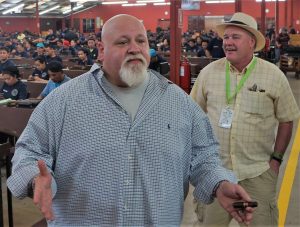
Steve is the founder and owner of Dunbarton Tobacco & Trust 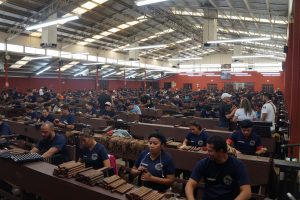

We were taken to a row of long tables where each of us essentially had o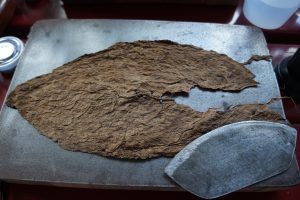
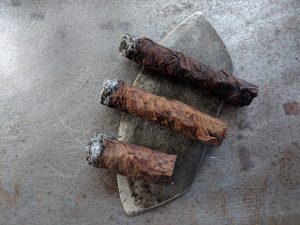
It was a wonderful experience, and every member of our group was so happy that Steve tooke the time to take us through it. It really gave a heightened appreciation for the blending process.
Plasencia Cigars S.A.
If you haven’t figured it out by now, premium cigars are almost always a family business. Most of the great tobacco growers, master blenders, and cigar manufacturers are part of a lineage that usually goes back to pre-embargo Cuba. Nestor Andrés Plasencia (Nestor Jr.) is part of that legacy. Nestor is a part of one of the most prolific tobacco families in the world, and he does not take that for granted. Every day, he looks for ways to make things better for his customers, his workers, and their families in the surrounding community. While it is true that many of the other cigar factories in Esteli have facilities and programs that are in place to give aid and benefits to the workers, there was something special about what I saw at Plasencia. It was more like a community than a factory.
First and foremost, Nestor took us to the school where the children sang a song to greet us. Having been on this trip for a few days already, and away from my own kids, it filled me with memories of my own children when they were tiny and bright-eyed. Plasencia was truly like a community, and it was all their own doing. It was not forced on them by bureaucrats or politicians. It was a community because the people made it so. That was very inspiring.
It took a moment, but I did remember that I was there for the cigars and the tour of the factory, so I followed Nestor Jr. as he continued on with the tour. The Plasencia facility is massive and very well laid out. Also, the friendliness of the people shone through, as every time our tour group entered a new room we were greeted by smiles and applause.
The sheer number of cigars made at this facility is staggering. The fact is, if you have been smoking premium cigars for even a year, chances are very high that you have smoked a cigar that was made by these people at this facility. The attention to detail in every aspect was also striking. The pilones in the fermentation room were probably the neatest I have ever seen. Perfectly aligned ovals with not a leaf out of place.
Being from Blind Man’s Puff, of course my favorite part of the Plasencia visit was the blind tasting. When we gathered back at the lounge, just off the courtyard, they asked for five volunteers for a cigar tasting, so I immediately raised my hand. Each of us were seated at the main table in the center of the lounge, with a beautiful display of Plasencia cigars behind us. We were then blindfolded and given three cigars to sample, in succession. Our goal was to see if we could determine which was the Alma Fuerte, which was the Alma del Campo, and which was the Plasencia Reserva.
Now I have done plenty of “blind” reviews, but this was my first actual blind review. It’s one thing to look at a cigar and know fully what it looks like, even with no band, and then give your impressions of it. It is a different thing entirely to not even see a cigar at all. To hold out your hand and have the cigar handed to you. To start puffing while someone else lights it for you, and only go by taste, aroma, and feel. I have to admit, I was the victim of my own reverse psychology. I assumed there was no way they would give us the cigars in perfect order from mild, to medium, to full… but that is exactly what they did. I named the Reserva as the first cigar, but flip-flopped the Alma Fuerte and Alma del Campo. That’s my excuse, and I’m sticking to it. Either way, it was so much fun.
My Father Cigars S.A.
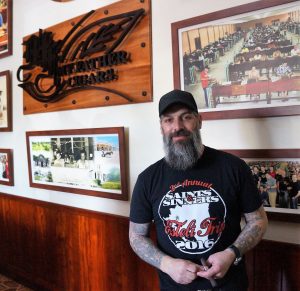
Unfortunately, I mixed up, or changed my sched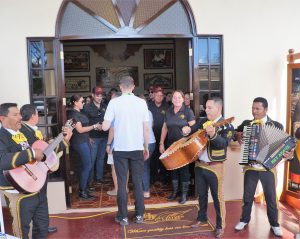
Now, some of the other factories put on a nice welcome when we arrived, but at My Father Cigars, they pulled out all the stops. We were greeted by a wonderful mariachi band serenading us with beautiful music, and the wonderful Garcia family including the patriarch Don Jose “Pepin” Garcia.
Pepin is possibly the most well known person in the cigar world, and for good reason. The name Pepin has been synonymous with quality, family, and innovation for decades. Even before the days of the El Rey de los Habanos factory in Miami, Pepin made a name for himself in Cuba. At only 11 years old, Pepin was rolling cigars in a small factory. It quickly became apparent that young Pepin was a prodigy and he moved on to the Rodriguez factory in Báez where he made some of the finest Cuban marcas in the world including Cohiba, Ramon Allones, and Montecristo. Not long after arriving in Nicaragua and working for a while in the Nicaraguan tobacco business, Pepin realized that truly great tobacco can be grown and rolled outside of Cuba. At the beautiful My Father factory in Esteli, Pepin greeted us with a smile and a song. The entire family seemed tired from the long week of Puro Sabor, but nonetheless grateful to welcome us into the factory.
Our group had the good fortune of getting Pete, Jose, and Joseph. That being said, once you get Pete talking about this tobacco and these cigars, it’s tough to stop him, so he mainly took us through the tour. This facility opened in 2009. They call it the Garcia Family Industrial Park. It covers over seven acres with 10 buildings and is one of the most impressive overall operations I have seen.
Even the layout of the complex is all about efficiency. From the time the tobacco comes in, to where the cigars go out, is a massive loop that keeps everything moving in a singular direction. One of the most striking things about My Father Cigars, was the fermentation building. When you enter the main level, it’s like instantly stepping into a rainforest. The air is wet and heavy. A light fog hangs and perfumes the nostrils with a touch of ammonia. Then Pete invited us to the second level of this space, and I only lasted about 60 seconds up there. The fog and acrid smell was too much to take.
For a lover of My Father Cigars, that should be encouraging. They put in that work fermenting the tobacco in order to allow that ammonia to dissipate over time. That means the ammonia will not be in the cigar when it’s time to smoke, and that is what we all want.
From the small, numbered bundles of leaves, to the colored plastic bags that go to the bunchers and the rollers, each step on the factory floor is solidly controlled. It’s interesting to watch Pete during the tour. He seems to always have his hands on the tobacco. He feels it, examines it, and seems to love it. When we enter one of the final sorting rooms, he spies a beautiful pile of Broadleaf wrapper. He examines it and smiles as a dad would hold his newborn. He genuinely loves the tobacco, and not only does that show in the cigars that he blends, it also shows in his face when he is in the factory.
As the tour concluded Pete mentioned that, of all the members of the Garcia family, he is the son-in-law, who also happens to be the first client of My Father Cigars. We spent a few more minutes in the beautiful lobby saying thanks to Pepin, Jaime, and the rest of the Garcia My Father family. It was a wonderful factory tour experience to close out the week.
Even after all of these factory tours, I came to realize that there wasn’t even time to see them all. Many other factories offered tours as part of the festival including Padron and Oliva. Do I regret missing some of those other factories? Not really. Sure, I would love to visit those factories someday, but we have to learn to take the journey as it comes to us. In my next article, I will tell you all about the meals and events during the week that were so memorable. (Cover Photo Credit: Frank Seltzer)



